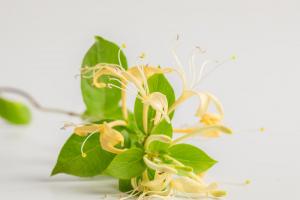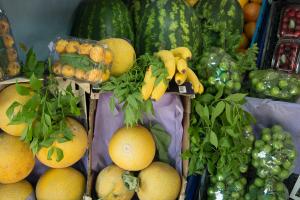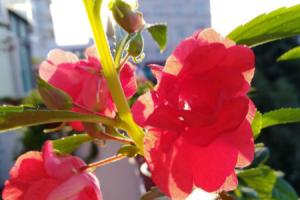How Far Apart to Plant Apple Trees for Pollination
Apple trees are among the most popular fruit-producing plants in the world. However, planting a single apple tree is not enough to get the best harvest. For successful pollination and maximum yield, it is crucial to plant apple trees in the right proximity. In this article, we will discuss how far apart to plant apple trees for pollination.
The Importance of Pollination
Before we dive into planting distances, it's essential to understand the importance of pollination. Pollination is the process by which pollen from the male part of a flower (the stamen) is transferred to the female part of a flower (the pistil). This process is essential for apple trees to produce fruit. Without pollination, you won't get any apples.
Self-pollination vs. Cross-pollination
Apple trees can be either self-fertile or self-sterile. Self-fertile trees can produce fruit without the need for a pollinator. Self-sterile apple trees, on the other hand, require cross-pollination with a different apple variety to produce fruit. To ensure maximum pollination and yield, it is recommended to plant at least two different apple tree cultivars that will bloom at the same time.
Planting Distance for Pollination
The recommended distance to plant apple trees for pollination depends on the apple variety's growth habit. Apple trees can be classified into three types: standard, semi-dwarf, and dwarf. Standard apple trees can reach a height of up to 30 feet and spread about 25 feet in width. Semi-dwarf trees reach a height of 12-15 feet and spread about 10-12 feet in width. Dwarf trees, on the other hand, reach a height of 6-10 feet and spread 6-8 feet in width.
For standard apple trees, it is recommended to plant them about 30-40 feet apart. Semi-dwarf trees should be planted about 10-15 feet apart, and dwarf trees should be planted about 6-8 feet apart. However, keep in mind that the distance between apple trees should not be too far apart that pollinators such as bees cannot adequately cross-pollinate them.
Other Factors to Consider
Aside from planting distance, there are other factors to consider to ensure successful pollination, such as blooming time and pollinator compatibility. Different apple cultivars have different blooming times, so it is important to choose varieties that bloom at the same time to ensure maximum pollination.
Pollinator compatibility is also essential. Some apple varieties make better pollinators than others. For instance, crab apple trees, which are commonly found in the wild, can serve as excellent pollinators for other apple cultivars.
Conclusion
In conclusion, planting apple trees for pollination is a critical factor in ensuring a bountiful harvest. The distance to plant apple trees for pollination depends on the apple variety's growth habit, and it is essential to choose cultivars that bloom at the same time for maximum pollination. Additionally, careful consideration should be given to pollinator compatibility for the best yield. Planting distance and pollinator compatibility are crucial factors in apple tree planting, and taking them into account can ensure a fruitful harvest.

 how many times do yo...
how many times do yo... how many planted tre...
how many planted tre... how many pine trees ...
how many pine trees ... how many pecan trees...
how many pecan trees... how many plants comp...
how many plants comp... how many plants can ...
how many plants can ... how many plants and ...
how many plants and ... how many pepper plan...
how many pepper plan...

































